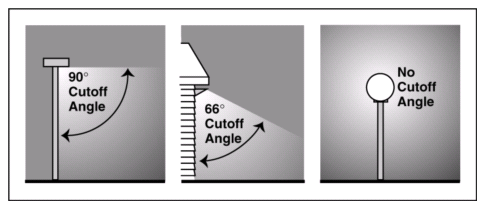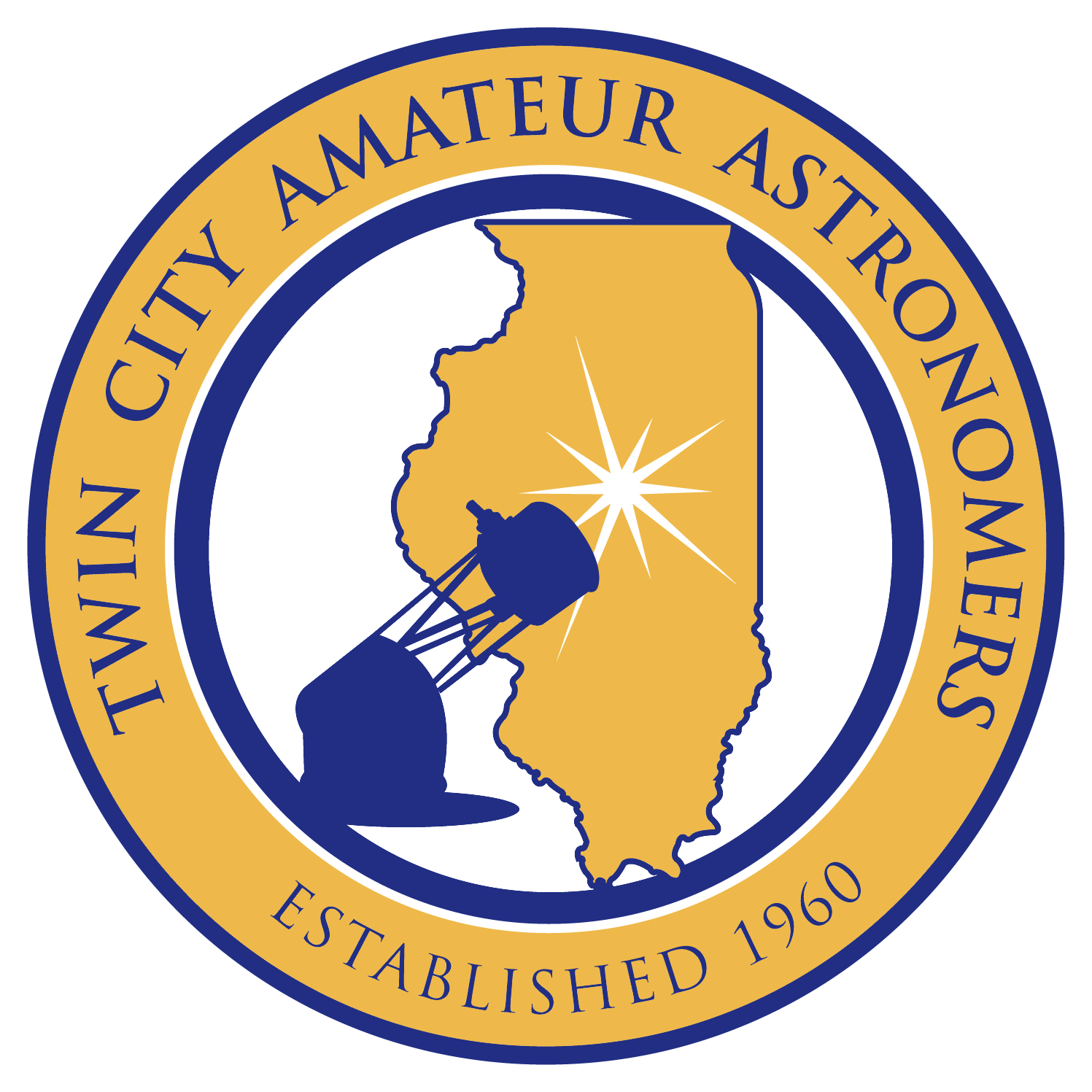Light Conservation is the movement to educate everyone about light pollution and to encourage people to observe good lighting practices.
Poor lighting wastes energy, generates glare and contribtes to light trespass and light pollution.
The impact on the environment is also difficult to quantify. However, we might imagine that light pollution could lead to disruptions in bird migration and the behavior of nocturnal animals, vegetation and insects.
The effect of lighting is clear from the image below that show a map of the US at night.

Lamps, Luminaires and Lumens
The goal of any lighting system is to provide illumination onto a target in a manner that is functional, decorative and efficient.
The Lamp and the Luminaire are separate concepts and have separate properties. Lamps are the elements that generate the light. Luminaires, or fixtures, are the instruments that house and control the lamp. Lumens is a measure of the light generated by the lamp. Effective lumens is a measure of the amount of light directed at a target.
The Lamp
The lamp, often called the 'light bulb', provides the source of the light. They come in a wide variety of type, shapes and sizes. Lamps use a variety of electro-chemical processes to generate electromagnetic radiation. The process used by each type of lamp determines the spectrum of light generated and its efficiency.
Lamps are rated on their power comsumption. Common ratings for the standard incandescent bulbs include 25W, 40W and 100W.
Lamps can be rated by their efficiency which measures the light generated (in lumens) for the power supplied. The new 'compact flourescent' bulbs often compare their light output to that of the incandescent bulbs.
Each type of lamp generates light of a characteristic color. The spectrum of light emitted (the combination of colors) is determined by the physical principals of the materials in the lamp.
| Lamp Type | Characteristics | Spectrum |
| Incandescent | Wide Spectrum, low efficiency |  |
| Flourescent | Wide Spectrum, higher efficiency |  |
| Metal Halide | Multiple spectrum high intensity discharge, higher efficiancy |  |
| Mercury Vapor | Blue-white light, lower efficiency |  |
| Low Pressure Sodium | Narrow Spectrum, highest efficiency |  |
| High Pressure Sodium | Orange light, wide spectrum, higher efficiency |  |
The Fixture
The Fixture provides the mechanical and electrical structures to house the lamp. Fixtures come in many styles to fit the decor.
Many effective fixtures are available for sale by a variety of vendors. The IDA maintains a list of vendors that manufacture fixtures that are effective in limiting light pollution.
The key idea for effective light fixtures is to baffle the light so that the light is directed towards the target. Light that is not well directed is lost, reducing the efficiency and raising the cost
The 'cutoff angle' indicates how far from directly below the lamp that light can be seen. A small cutoff angle sharply limits the area that is directly illuminated.
A fixture is said to have 'full-cutoff' if the cutoff angle is less than 90 degrees. This directs light downward and prevent losing light into the sky.

